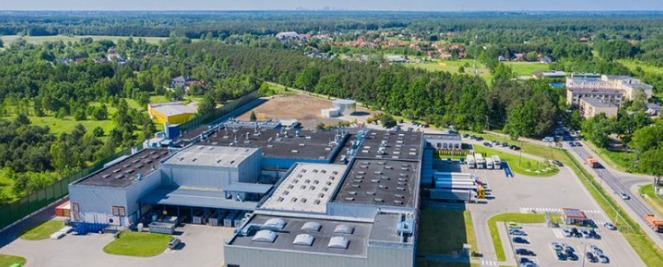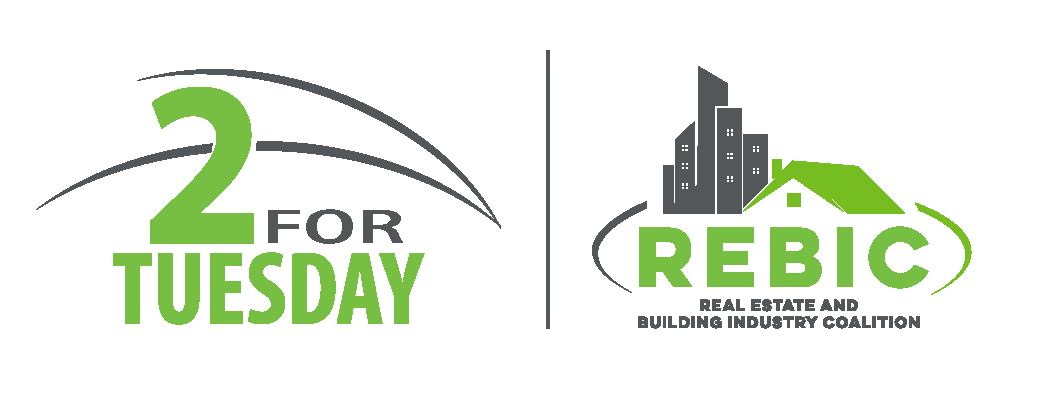Originally published on September 28, 2022, by Dan Berthiaume for Chain Store Age.
Walmart is debuting a proprietary supply chain automation system in its new high-tech fulfillment center.
Originally published on September 28, 2022, by Dan Berthiaume for Chain Store Age.
Walmart is debuting a proprietary supply chain automation system in its new high-tech fulfillment center.
Originally published on September 20, 2022, by Maria Gatea for NAIOP Blog.
E-commerce provides easy access to goods with the click of a button, filling homes with stuff, stuff and more stuff. Meanwhile, the trendy minimalist lifestyle emphasizes only keeping what is needed and eliminating everything else. Where does the average American end up on the spectrum of goods ownership? As it turns out, among apartment renters, one in five uses self-storage to manage their belongings, at least temporarily.

Growing convergence between the retail and distribution sectors could have profound impacts on the commercial real estate industry. As retail and industrial clients adjust to shifts in consumer behavior and the overall economy, CRE professionals will be challenged to change their thinking about how to truly serve their clients. That challenge, however, could also produce innovative real estate products and new opportunities. That’s according to Dustin C. Read, Ph.D./J.D., author of the NAIOP Research Foundation report, “New Places and New Spaces for E-commerce Distribution: Three Strategies Bringing Industrial and Retail Real Estate Closer Together.”
What was the most interesting or significant discovery you made while researching the paper?

Industrial properties are often built near neighborhoods, but that isn’t always popular with the residents, who have legitimate concerns about noise, traffic and pollution from the increased volume of trucks and vans.
 Dangerous chemicals and infectious diseases are among the many hazardous materials that are handled inside life science facilities. Getty Images
Dangerous chemicals and infectious diseases are among the many hazardous materials that are handled inside life science facilities. Getty ImagesLife science industries span a range of uses — clinical research and trials; biologics; medical devices; pharmaceuticals; vaccines research, development, manufacturing, and distribution; plant and animal technology; and veterinary products, to name just a few. Leases for life science facilities can present unique challenges and considerations for building owners. Besides the particular demands life science uses place on electrical capacity, HVAC, floor loads, and waste removal, the activities within these facilities can pose many other risks.
Inherent in many life science facilities is the utilization, storage, and/or distribution of hazardous or toxic materials under applicable environmental laws. Of course, most common leases will contain standard indemnification clauses allocating responsibility to the tenant for losses resulting from its activities.

By Ioana Ginsac
Growth in the life sciences sector has driven demand in recent years for both commercial real estate space and labor to accommodate this specialized sector. A new study by commercial real estate platform CommercialCafe set out to identify the best metros for life science companies in 2022 and assessed more than 40 metropolitan statistical areas (MSAs) in terms of regional talent pool and workforce; accessibility of local office markets; the degree of availability of existing dedicated property; as well as the state of the local pipeline aiming to expand local life sciences capacity.

Over the past 15 years, multilevel warehouses — particularly those used for retail purposes — have been a growing trend across Asia and, more recently, in the United States. However, some challenges accompany their design and construction that are not encountered in the traditional approach to large-format retail. With operational criteria at the top of the list, these challenges vary heavily based on several factors, including location, footprint, environment, jurisdictional requirements, and cultural and community influences.
The increase in demand for and construction of multilevel warehouses has unearthed numerous unique considerations not present in traditional warehouse environments. These challenges — each intricate in their own right — have required creative solutions and careful programming to successfully bring each project to life.
Last week, the U.S. Senate passed the Inflation Reduction Act of 2022, a $740 billion budget reconciliation measure with provisions to address climate change and energy security, extend federal healthcare subsidies, and allow Medicare to negotiate prescription drug prices. As we informed you last week, the bill, which had been negotiated by Senate Majority Leader Charles Schumer (D-NY) and Senator Joe Manchin (D-WV), contained a proposal changing the taxation of carried interests that would have harmed the commercial real estate industry and real estate entrepreneurs.
When the Schumer-Manchin agreement was announced, NAIOP and NAIOP Arizona, along with our national real estate allies, mobilized to support Senator Kyrsten Sinema (D-AZ) in her efforts to oppose the proposed changes to carried interest. In order to ensure her vote, the proposal was dropped from the bill before the legislation was brought up for floor debate.
Last week, NAIOP members met with City Council Candidates Dimple Ajmera and Marjorie Molina to discuss important issues impacting Charlotte’s CRE industry.
REBIC's Rob Nenfelt and his team put together this week's Two For Tuesday and UDO takes center stage early next week.
The Charlotte City Council has scheduled a public hearing on the proposed Unified Development Ordinance (UDO) for Monday, July 11. The Council Action Review begins at 5:00 pm followed by the Public Forum/Business meeting at 6:30 pm. An agenda should be available here by Friday afternoon. Click here to sign up to speak. 
Members from NAIOP’s three chapters in North Carolina traveled to Raleigh last week to advance the priorities of the commercial real estate development industry in meetings with state lawmakers. The top priority for NAIOP of North Carolina, the state alliance of NAIOP chapters, is the passage and enactment of House Bill 291, permit reform legislation sponsored by State Representative Jeff Zenger.
Local building permits are an essential and fundamental requirement for the development and improvement of commercial and residential properties. However, the processes for obtaining these permits can vary by city and county in North Carolina. These variations lead to uncertainties and delays in projects moving forward, which can impact the costs, financing and contractional relationships with contractors and providers of construction equipment and materials.
originally published by Brian Harper, Director of Data Science, Avison Young, and Aaron Ahlburn, Innovation Lead, Global Logistics, Avison Young for the NAIOP Research Foundation
originally published by TJ Parker for NAIOP Research and Publications